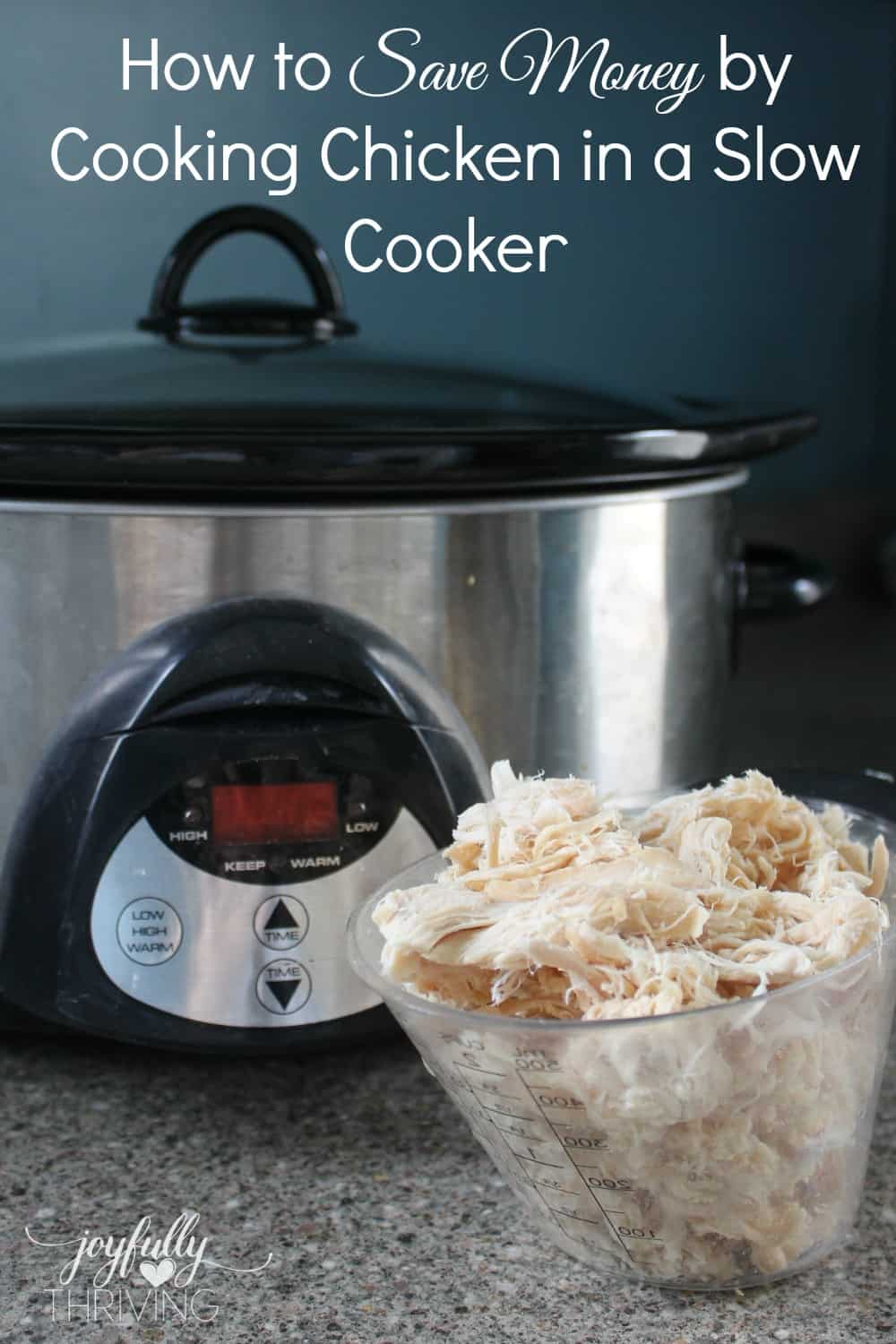Setting a Grocery Budget While Prices Increase
At the beginning of each year, I break out my calculator and analyze all my grocery shopping from the previous year. I’ve been doing this for more than 10 years now. It’s become habit – both the tracking and analyzing.
I love finding good deals and stretching our family budget by saving money on groceries. It’s my hobby and I honestly do enjoy grocery shopping. I’m a grocery geek in that way. 🙂
This year was a bit more challenging than most, due to inflation, but we made it through 2021 and are on to 2022! Yes, I am sure more price increases are in store. Sigh. Still, we have to start by setting a grocery budget so here we go!
This post may contain affiliate links. As an Amazon Associate, I earn from qualifying purchases. You can read more in my disclosure policy.
Here are a couple things you need to know about my grocery budget.
I have a strict monthly grocery budget but I pay by credit card (that we pay off each month) instead of cash. More about that credit card below.
As soon as I get home from the grocery store, I write the total of my shopping trip in the Keep notes app on my phone. It’s a simple list with the date, store name and total. I share many of these grocery trips in pictures on the Joyfully Thriving Facebook page. The next time I shop, I add that trip to the previous ones so I have a running total in my head, knowing how much I have left to spend for the month.
There are 6 people in my family – my husband and myself, and our four kids – ages 7, 5, 3 and 1.
My grocery budget includes food, diapers, toiletries, and paper products (toilet paper, paper towels, etc).
I go where the best deals are, trying to shop the best sales of the week and fill in gaps at my cheapest grocery store, which currently seems to be Aldi.
I budget for the month instead of dividing it up by the week or paycheck. This allows me to buy more or less on the week, depending on the sales.
I started 2021 with a $425 monthly grocery budget. I raised my budget going into August from $425 to $475. This was due to the rising grocery prices from inflation as well as my desire to focus on stockpiling a bit more.
Here’s a look at my 2021 grocery monthly budget.
- January $423.15
- February $370.05
- March $417.86
- April $406.45
- May $515.01 – Includes 35lbs of $1.79/lb hamburger
- June $533.67 – $100 Travel = $433.67
- July $489.45
- August $471.49
- September $477.30
- October $473.70
- November $474.80
- December $470.33
- Yearly Total $5423.26 or $452 average a month
A couple items of note. In May, I was quite a bit over budget because I bought 35lbs of ground hamburger for $1.79 a pound. I went to Meijer multiple times that Memorial Day sale week to stock my freezer. I have almost used all of that hamburger so am watching for another good sale to restock my freezer.
In June, my total is higher because we were traveling to see my family and bring food to cook. My total was actually $533.67 for the month, but I used $100 of my travel savings to cover those vacation food costs. That is why I counted $433.67 as my grocery budget for June.
As I said earlier, I used a $425 monthly grocery budget for the first 7 months of the year, and a $475 budget for the final 5 months of the year.
I was surprised to see that my average monthly grocery bill was $452 a month. It came in right between the low and high budget numbers, even with some big overages!
Here’s my grocery budget plan for 2022.
After looking at the numbers, I am going to keep my grocery budget at $475.
Is it getting more difficult some months? Yes. Is there a possibility I will need to increase it later? Yes.
However, we are working at rebuilding our savings accounts this year after depleting several of them last year. Even the extra $25 a month for groceries adds up to $300 more in savings by the end of the year. I’d rather have that money in savings!
If you haven’t ever done it a grocery audit like this before, start simple. Save every grocery receipt for a month to get an accurate total of what you spend. Look at your family size and what your family regularly eats before setting your budget.

Here are 3 tips for making a grocery budget when prices increase.
Shop the sales and stock up.
With shortages, I hope you have learned the importance of stocking up! Just because something is on the shelf this week, does not guarantee it will be next week. When you see a good sale, stock up! Buy what fits your budget and what your family can use in a specific amount of time. Depending on where you are in your baby steps of stockpiling tells you how much to buy.
My new rule for stocking up is the rule of 3. I make sure to have at least 3 of every item we regularly use in our home. This is true from toothpaste to dishwashing detergent to applesauce to bags of flour to cans of refried beans.
For many of these things, I have more than 3 in my stockpile, but 3 is my new minimum.
This gives me one to use, the second as a backup and the third for if / when there are shortages. It goes along the lines of building a 3 month supply of food for your family. If this is something that interests you, consider what your minimum rule is.
Shop at more than one store if you want to save money.
Yes, it takes some time and planning, but this is becoming one of the best ways to save. Shop where the sales are!
You don’t have to shop at every store around you every single week. The more willing you are to shop at different stores for different deals means the money you will save. Even if you are a loyal Aldi shopper, remember that great sales at Kroger often beat the every day low Aldi price. Pay attention and adjust your shopping habits!
Consider new ways of saving on groceries.
This past year, I thought outside of the box and applied for a Visa credit card. Why? It offered me a $200 bonus when I spent $500 in the first 3 months. That was easy money to make for our vacation travels. There was no yearly fee and I didn’t have to keep it any longer than the bonus.
But the other thing that swayed me? They offered 5% cash back on all grocery purchases for the first 12 months! If you spend $500 a month, that is an extra $25 you will earn – which can then be turned around and used on grocery shopping. I used some of this money to build my stockpile – without taking any money from my regular monthly grocery budget.
Chase / Visa is currently running this deal again and you can see all the details for yourself here. It is not available everywhere but my referral does give you the bonus plus the 5% grocery offer.
If you are responsible with a credit card and pay it off every month, this is something to consider!
Check out the 5% grocery savings deal with Visa here.
Some other ideas for saving on groceries is using Ibotta and Fetch (my favorite because it’s so easy!), sharing a club membership with family or friends to buy only the best grocery deals at Sam’s or Costco, and shopping on Amazon for great Subscribe and Save deals.
I hope I have given you some things to ponder. Remember, even with prices increasing, we can still feed our families on a budget.
Now, I would love to know…have you set your grocery budget for 2022? Has it gone up or down this year?










I love all your grocery posts Kristen! And your rule for stocking up – having at least 3 of each regularly used item – is so smart. Definitely going to work towards that goal myself!